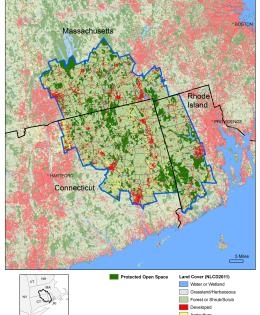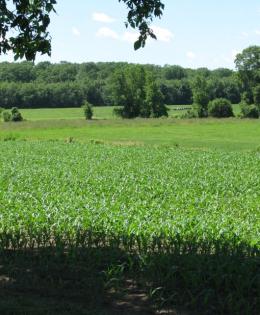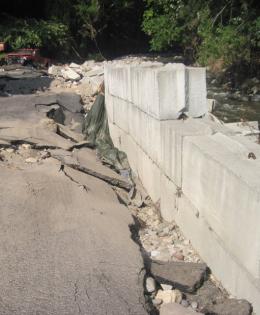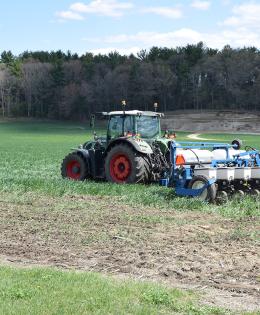
Notice


NRCS is an agency of the U.S. Department of Agriculture. We work with urban and rural landowners, conservation districts, and federal, state, and local governments to restore, enhance, and protect the landscape to help meet the short- and long-term needs to clothe and feed a hungry world.
Connecticut Highlights

In the News
NRCS Connecticut's Press Releases, Features, and Success Stories

Connecticut Field Office Locations
NRCS has 5 field office throughout the state.
Danielson (serving Windham County):
860.779.0557
71 Westcott Road, Danielson, CT 06239
Hamden (serving Fairfield and New Haven Counties):
203.287.8038
51 Mill Pond Road, Hamden, CT 06514
Norwich (serving New London and Middlesex Counties):
860.887.3604
Yantic River Plaza, 238 West Town Street, Norwich, CT 06514
Torrington (serving Litchfield County):
860.626.8852
1185 New Litchfield Street, Torrington, CT 06790
Windsor (serving Hartford and Tolland Counties):
860.688.7725
100 Northfield Drive, 4th Floor, Windsor, CT 06095

Field Office Technical Guide
Connecticut Field Office Technical Guide - Search the Connecticut Field Office Technical Guide (FOTG) for natural resources data and reports, resource concerns and planning criteria, conservation practices and conservation effects.
Connecticut State Office

Connecticut's Soils Program
NRCS, in cooperation with its partners, has the leadership role for conducting soil surveys on private lands across the country.

State Payment Schedule
NRCS provides financial assistance for selected conservation practices. The availability and amount of financial assistance can vary between states.

State Technical Committee
State Technical Committees serve in an advisory capacity to the Natural Resources Conservation Service (NRCS) and other agencies of the U.S. Department of Agriculture (USDA) on the implementation of the natural resources conservation provisions of Farm Bill legislation.
How to Get Assistance
Do you farm or ranch and want to make improvements to the land that you own or lease?
Natural Resources Conservation Service offers technical and financial assistance to help farmers, ranchers and forest landowners.
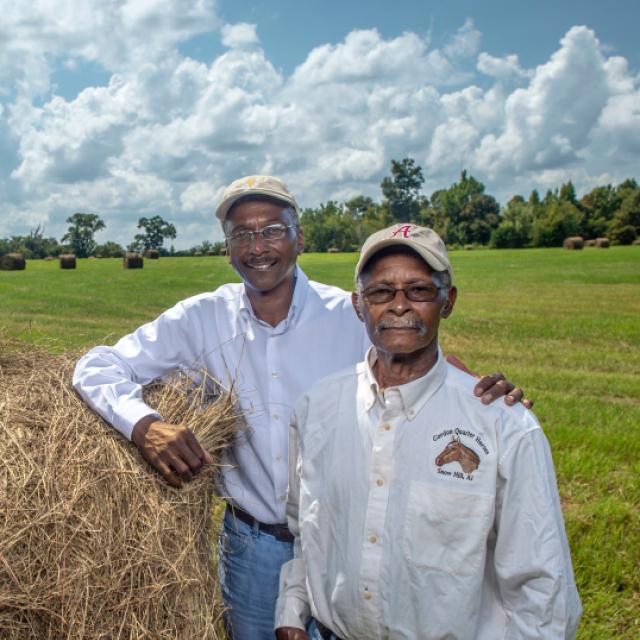
To get started with NRCS, we recommend you stop by your local NRCS field office. We’ll discuss your vision for your land.
NRCS provides landowners with free technical assistance, or advice, for their land. Common technical assistance includes: resource assessment, practice design and resource monitoring. Your conservation planner will help you determine if financial assistance is right for you.
We’ll walk you through the application process. To get started on applying for financial assistance, we’ll work with you:
- To fill out an AD 1026, which ensures a conservation plan is in place before lands with highly erodible soils are farmed. It also ensures that identified wetland areas are protected.
- To meet other eligibility certifications.
Once complete, we’ll work with you on the application, or CPA 1200.
Applications for most programs are accepted on a continuous basis, but they’re considered for funding in different ranking periods. Be sure to ask your local NRCS district conservationist about the deadline for the ranking period to ensure you turn in your application in time.
As part of the application process, we’ll check to see if you are eligible. To do this, you’ll need to bring:
- An official tax ID (Social Security number or an employer ID)
- A property deed or lease agreement to show you have control of the property; and
- A farm number.
If you don’t have a farm number, you can get one from USDA’s Farm Service Agency. Typically, the local FSA office is located in the same building as the local NRCS office. You only need a farm number if you’re interested in financial assistance.
NRCS will take a look at the applications and rank them according to local resource concerns, the amount of conservation benefits the work will provide and the needs of applicants. View Application Ranking Dates by State.
If you’re selected, you can choose whether to sign the contract for the work to be done.
Once you sign the contract, you’ll be provided standards and specifications for completing the practice or practices, and then you will have a specified amount of time to implement. Once the work is implemented and inspected, you’ll be paid the rate of compensation for the work if it meets NRCS standards and specifications.




